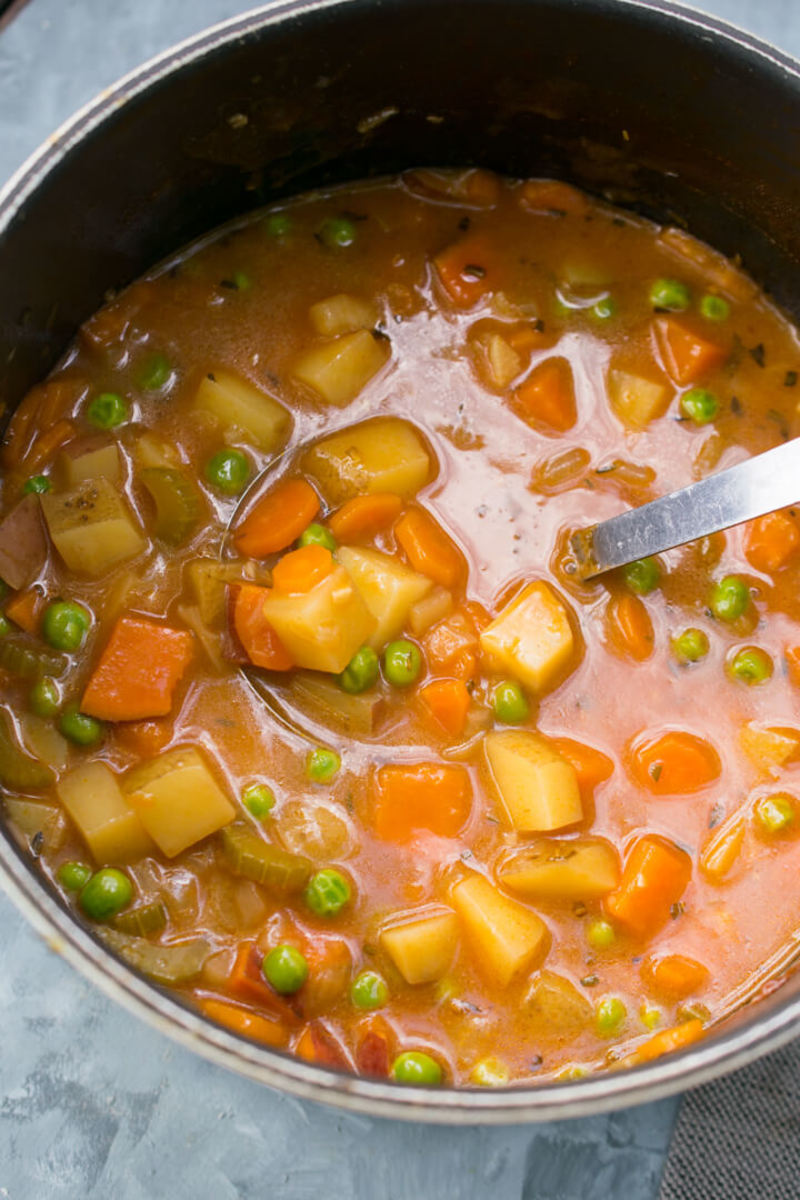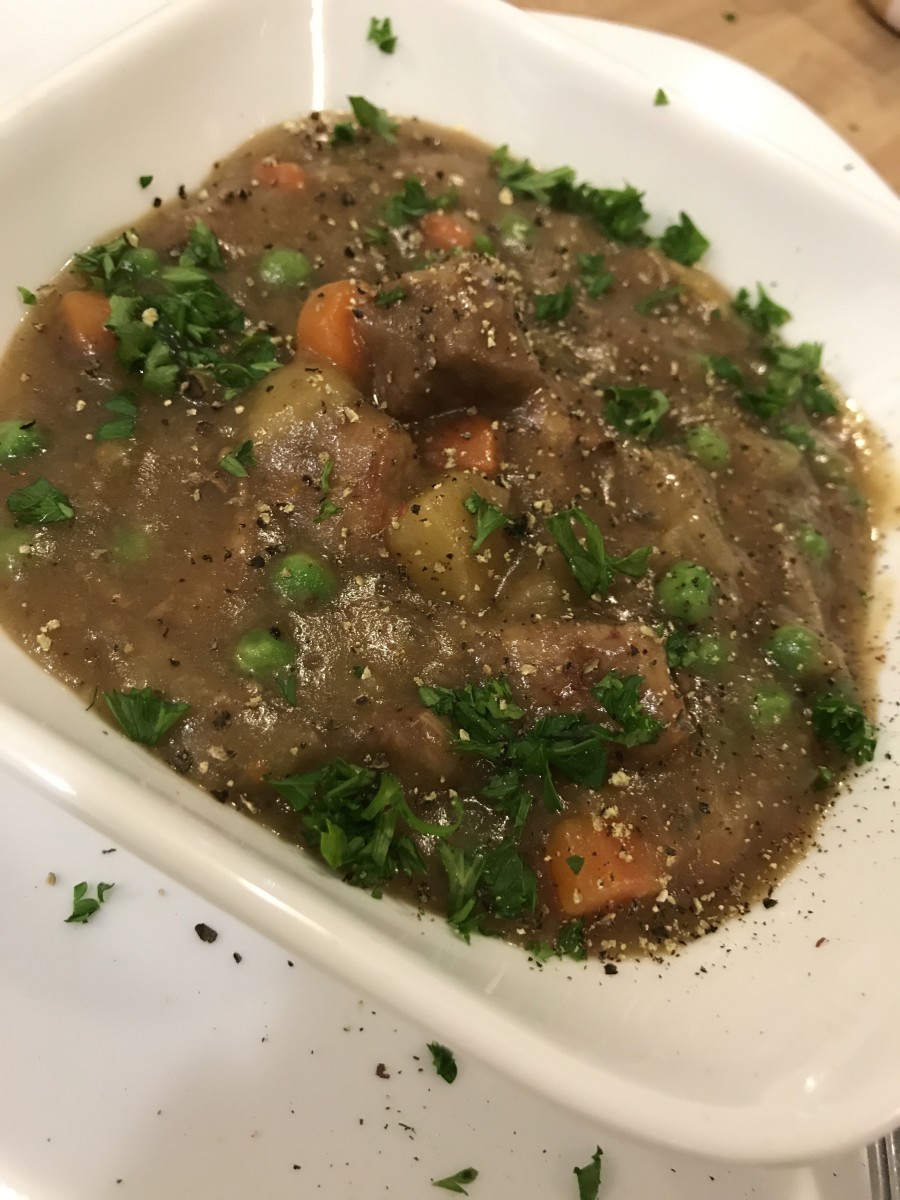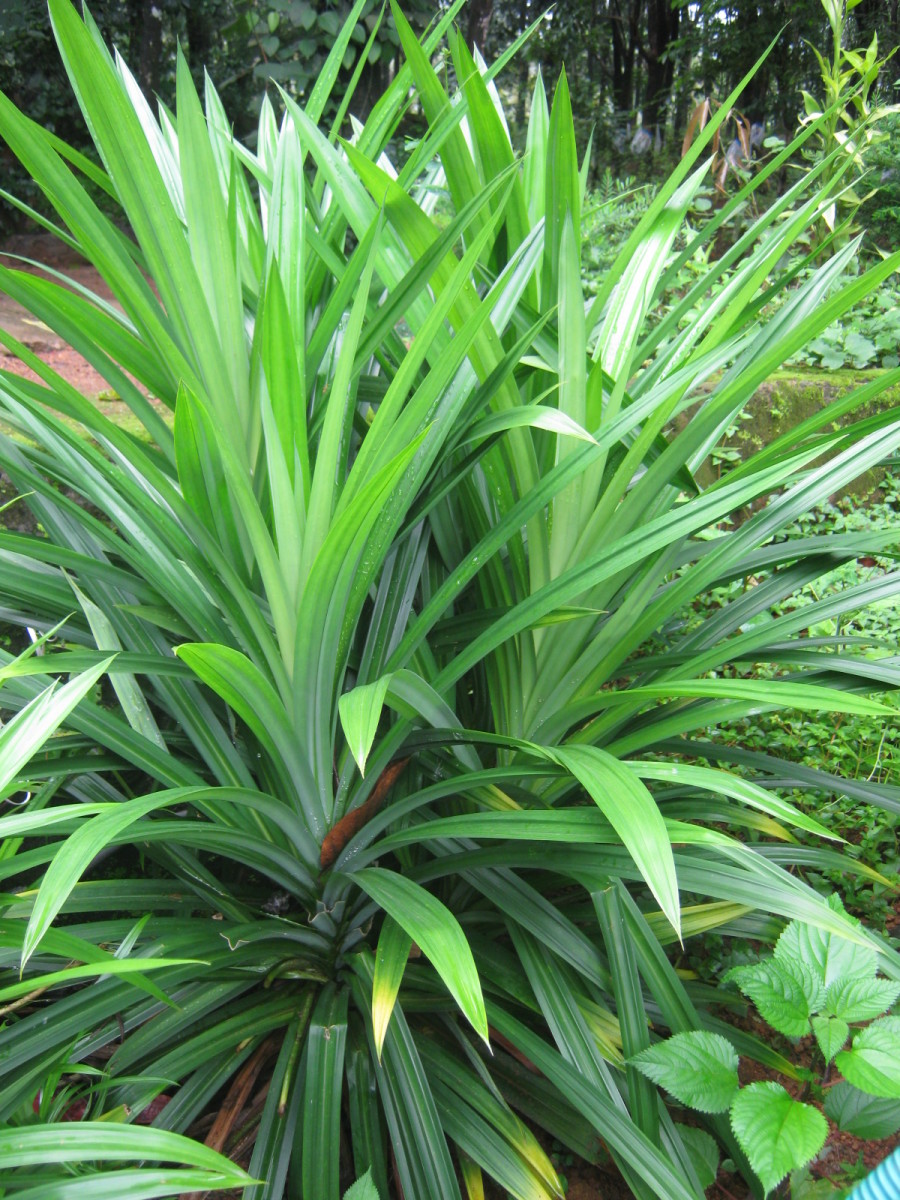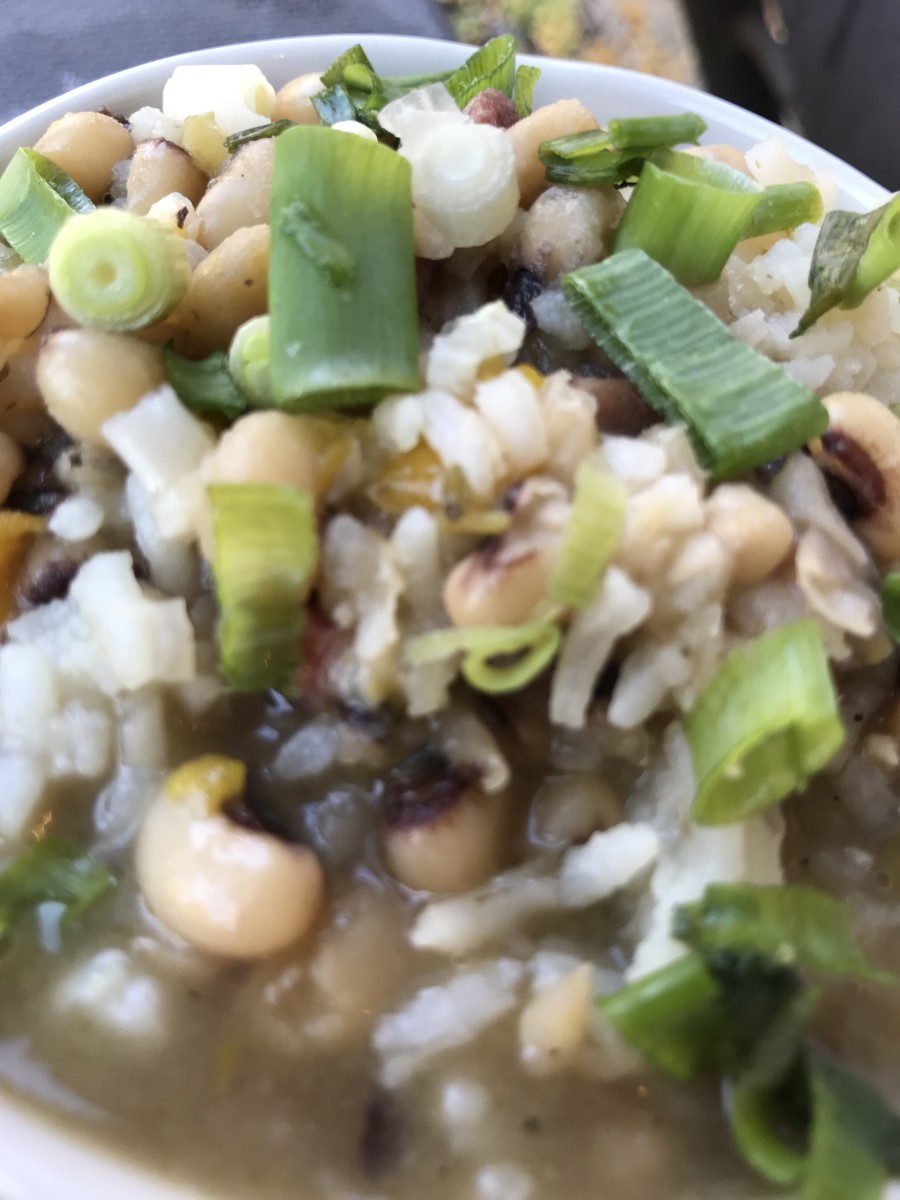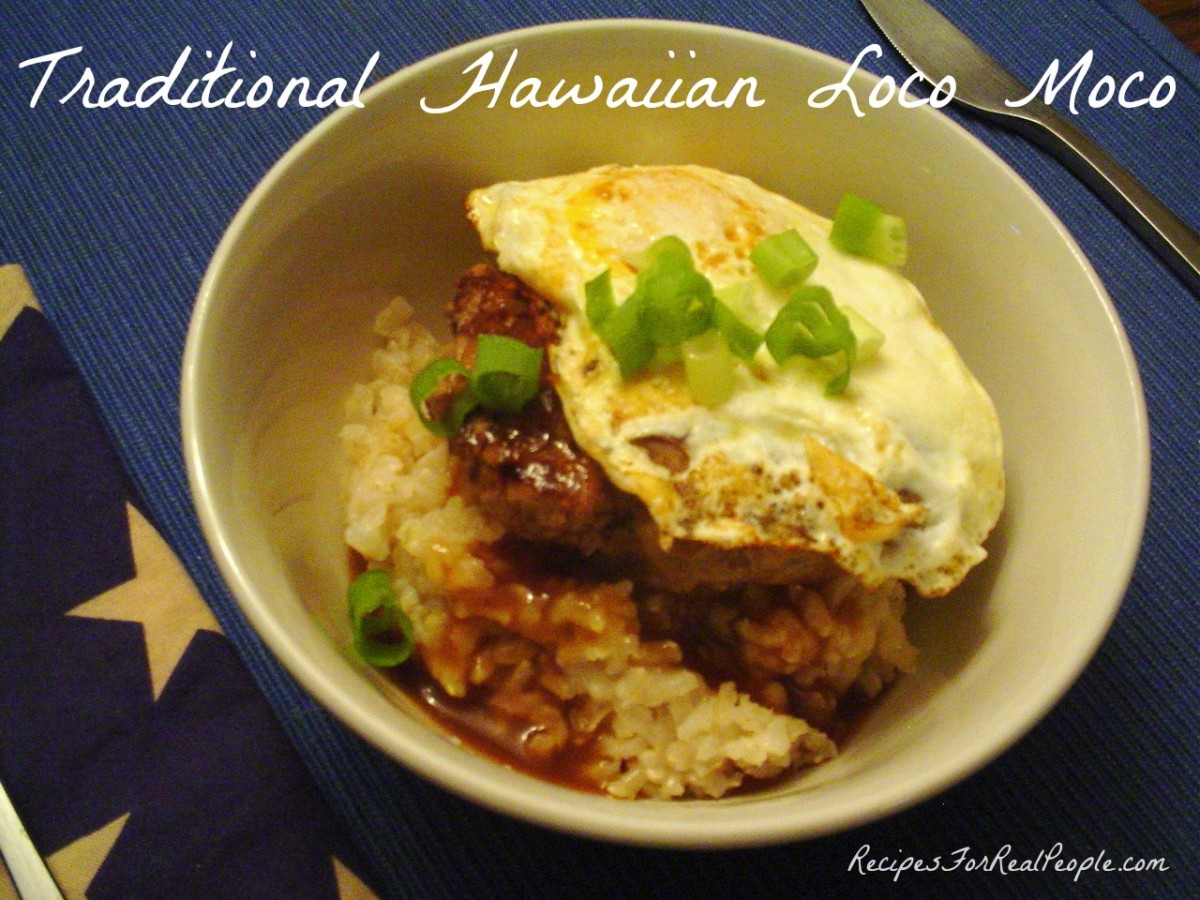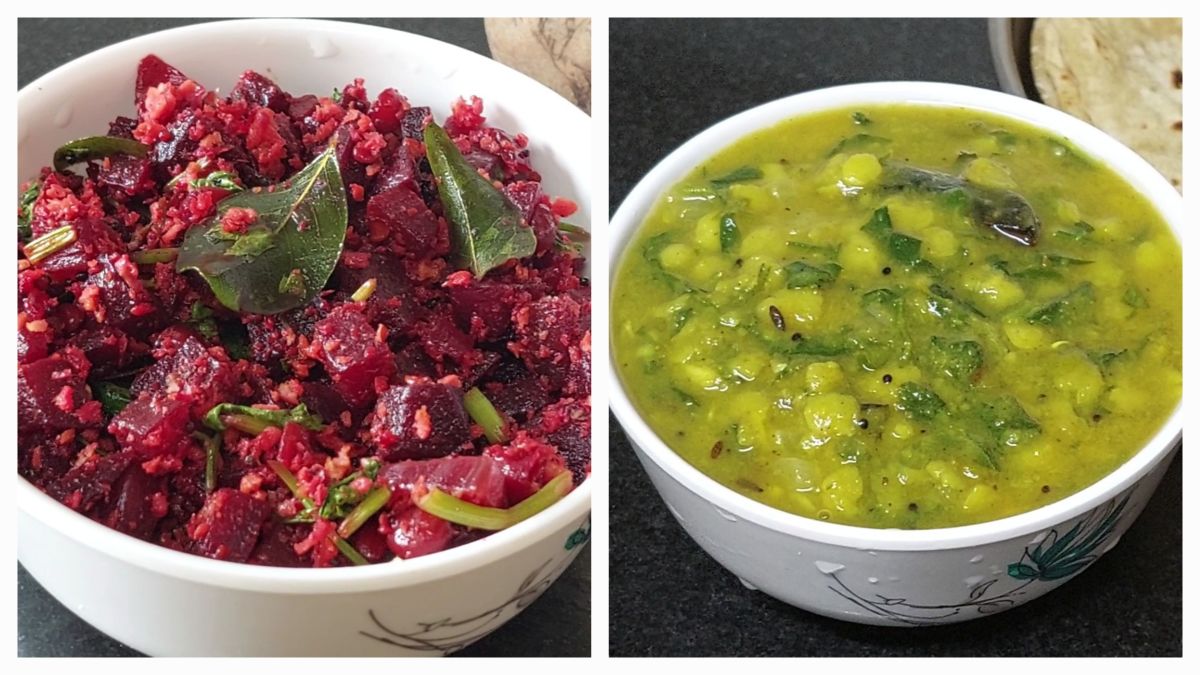5 Delicious Vegetarian Dishes in Kerala
There are large variety of dishes that are peculiar to Kerala. Some of the vegetarian dishes like sambhar, avial, kichadi, erissery and moru curry are prepared as a daily routine dish as well as during a 'Sadhya' - the typical Kerala Hindu feast served on a banana leaf. These dishes are 100% vegetarian, uses ingredients like a mix of local or seasonal vegetables, spices and herbs that are healthy.
Sāmbhar, is one of the most healthy, balanced curries that can be prepared. It is a dish of South India. A wide variety of vegetables may be added to sambhar. Sambhar is usually served with steamed rice. It is also served for breakfast, lunch and dinner with idli, vada, dosa, etc.
There is an interesting tale linked to the birth of this dish. The Marathas were ruling Tanjore. Sambhoji was a great cook and very fond of amti prepared using kokum. In a particular season the kokum that was imported from the Maratha homeland did not reach the king's kitchen. A smart Vidushak, who had been elected sous chef for the day, decided to solve the problem. He whispered in the king's ears that the locals used very little tamarind pulp to gain a better sourness to the curry and that Sambhoji should experiment with this variation. The dish with the tuar dal, vegetables, spices and the tamarind pulp was cooked and served. The court declared the dish an outstanding preparation and thus was born sambhoji's amti that in time became sambhar.
Avial is a unique dish of Kerala. Vegetables commonly used in avial are elephant yam, plantain, pumpkin, carrots, beans, brinjal, cucumber, drum sticks, snake gourd and broad bean. Carrots, beans etc are recent introduction, while the North Kerala avial includes bitter gourd also. Some people prefer to skip curd or substitute it with raw mango or tamarind pulp. This dish can be made into gravy or be made into a semi-solid side dish. It is generally eaten with rice. The word "avial" is also used to denote an assortment or a mixture - this sense being derived from the way the dish is made.
It was supposed to have been invented by Bheema (one of the Pandava brothers) during their exile. According to the legend, when Ballav (Bheema's name during this time) assumed his duties as the cook in the kitchen of Virata, did not know how to cook. One of the first things he did was to chop up many different vegetables, boil them together and top the dish with grated coconut. There is a mythology variation. Bheema is said to have prepared Avial, when there were unexpected guests for King Virata and he needed to serve meals for them. There were no sufficient vegetables to cook any single recipe for side dish, so Bheema used what ever available vegetables to make a new dish, which came to know as Avial. (Source: Wikipedia).
Erissery is another dish that can be made using a single or a combination of vegetables. Lentils or beans can also be added in its preparation. The most common vegetables used are pumpkin, snake gourd, yam, raw papaya, raw banana and red beans.
Kichadi is a Keralite dish made of curd and cucumber in rather semi cooked form. Kichadi is often served as part of the Sadhya. This is a side dish.
Moru curry is a simple, easy to digest dish. Because of its soothing nature, it can also be served during summer months, during times of stomach indigestion, etc.
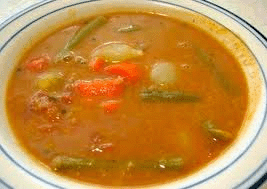
Sambhar
Ingredients:
Toor dal – 1/2 cup
Tamarind - a lime sized ball
Onion 1 medium sized, chopped
Tomato – 1 medium sized, chopped
Turmeric powder – ¼ -1/2 tsp
Curry leaves - a sprig
Coriander leaves - 1 tbsp chopped
Salt - 1 tsp or to taste
Dry red chillies - 3-4
Garlic pods – 2-3
Water - 3-4 cups
Vegetables - You can use any vegetables of your choice such as onions, potatoes, tomatoes, brinjals, beans, cabbage, knolkol, raddish, drumstick, carrot, etc. You can use any one or a mix of these vegetables.
Method:
Cook Toor dal in 2-3 cups of water till it is soft. Add vegetables and cook. Add the tamarind pulp, salt & turmeric powder. Stir. Add more water if needed. Boil for about 5 minutes. Add sambhar powder. Boil. In a deep pan, Heat oil. Add mustard and cumin seeds. When they stop crackling, add asafetida, curry leaves, chopped garlic and dry red chillies. Fry for 5 minutes. Add tomatoes. Cook for 5 minutes. Add to the mixture. Boil for 5 minutes. Add chopped coriander leaves. Serve hot with Idli, Dosa or Rice.
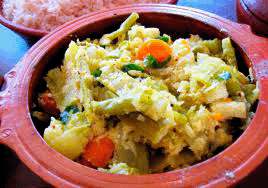
Avial
Ingredients :
Vegetables
Snake gourd – 1/4 cup
Ridge gourd – ¼ cup
Bitter gourd – ¼ cup
Cucumber – ½ cup
Carrot – 2-3 nos
Yam – ¼ cup
Drumstick – 2-3 nos
Long beans – ½ cup
Raw mango – ¼ cup
For grinding:
Coconut - 1 no
Cumin - 1/2 tsp
Garlic - 1 clove
Green chillies - 3 nos
Curry leaves - 1 sprig
Curd - 1/2 cup
Salt - as reqd
Oil - 1/2 tsp
Method:
Cut all the vegetables and keep aside. Place them in a thick bottomed vessel along with salt and water and cook for 15- 20 minutes in medium flame. Arrange the vegetables in such a way that those which require more cooking time should be placed at the bottom and so on.
Grind the coconut, cumin, garlic, green chillies to a coarse paste. Mix this paste with cooked vegetables and allow to boil. When it starts boiling add curry leaves & curd. Switch off the flame and add 1/2 tsp oil on top of the curry. Serve hot with rice.
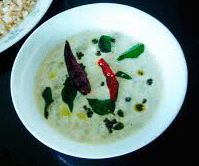
Kumbalanga (Whitegourd/Winter melon) Kichadi
Ingredients :
Kumbalanga - 1 ½ cups (cut into small pieces)
Curd - 1 cup
Water – ½ cup
Coconut milk – ½ cup
Green chillies - 4 - 5 nos
Ginger - 1 small piece
Small onions - 4 - 5 nos
Big Onion
Curry leaves - As reqd
Salt - As reqd
Coconut oil - 1 tbsp
Mustard seeds - 1 tsp
Red chillies (dry) - 3 - 4 nos
Pepper - 1 tsp
Method:
Cook the kumbalanga pieces with curd, water and salt. Add chopped green chillies, ginger, onions and boil. Add coconut milk and remove the pot from fire. Heat oil in a pan. Splutter mustard seeds and saute red chillies, pepper and curry leaves. Add this to the cooked kumbalanga. Serve with rice. You can substitute vellarikka (ripe cucumber), papaya or bitter gourd with kumbalanga.
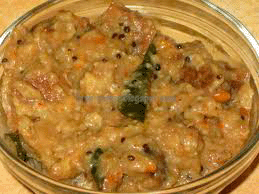
Erissery
Ingredients :
Elephant Yam (chena) cut into cubes – ½ cup
Raw banana cut into cubes – ½ cup
Coconut - 1 cup
Pepper - 10
Dry Red Chillies - 2
Cumin (Jeerakam) – ½ tsp
Salt - as required
Oil - 6 tbsp
Curry leaves - 1 stem
Mustard seeds - 1 tsp
Urad Dal - 1 tsp
Turmeric powder - 1 tsp
Ghee/cocnut oil - 1 tbsp
Method:
Grind half of coconut with coconut, pepper, red chillies, and cumin. Cook yam and raw banana in water along with turmeric powder and salt. Add the grinded coconut with this and boil. Heat oil in a pan; add curry leaves, coconut and dry red chillies and sauté till the coconut turns light brown. Add this to the cooked curry. Add ghee/coconut oil to this after removing from the stove. You can substitute the vegetables with pumpkin.
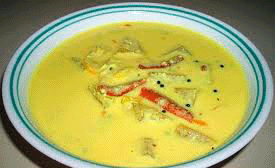
Moru (Buttermilk) Curry
Ingredients:
Thick curd - 1 cup
Grated coconut - 2 tbsp
Garlic - 1 flake
Turmeric powder – ¼ tsp
Chilli Powder – ¼ - ½ tsp
Jeera - 1/4 tsp
Mustard seeds – ½ tsp
Fenugreek powder - a pinch
Small onions - 1 or 2 sliced
Dry red chillies - 2
Curry leaves
Salt - as required
Method:
Grind coconut with garlic to a fine paste. Pour Oil on a pan and splutter jeera and mustard seeds. Add sliced small onions, curry leaves, and red chillies. Add the coconut mixture along with turmeric and chilli powders. Beat the curd and add it to the coconut mixture on low flame. Add salt and a pinch of fenugreek powder. Remove from the flame before it starts boiling. Serve with rice. You can also add cucumber.

